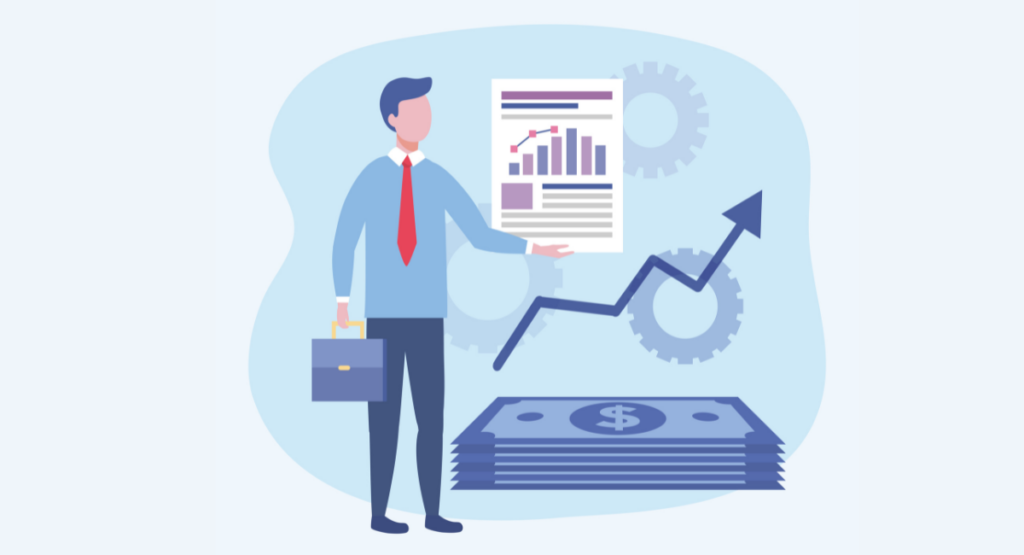One strategic investment that can make an immense change in the quality, speed, and overall economics related to the development of software is test automation.
However, to be best leveraged, it requires an appreciation of cost composition hard and soft alike. It thoughtfully details different spend categories involved in test automation and distinguishes between more intangible, ongoing investments from those upfront and tangible in nature.
Making these costs explicit enables companies to make informed decisions that maximize ROI and effectively optimize their testing processes.
Understanding Strategic Investments in Test Automation

Differentiating Between Hard and Soft Costs
When talking about strategic investments, especially in test automation, it becomes very important to draw a line between hard and soft costs.
Hard costs are direct and tangibile expenses that have a clear, direct association with the purchase or upkeep of automation tools and equipment. This would include the licensing fees of software, acquisition of hardware, and directly connected labor related to setting up the test automation framework.
On the other hand, soft costs are intangible and often less visible on the balance sheet. These include the training time of personnel, productivity loss during the adaptation period of the system, support, and updates.
Knowing the nature of these costs is key to effectively planning and budgeting for test automation projects.
Importance of Balancing Hard and Soft Costs
Striking a balance between hard and soft costs is quite central in achieving maximum ROI from test automation. While the hard costs may seem tighter because of their one-time nature, if not managed correctly, the soft costs can add up to be very overbearing.
For instance, training and upgrades can remain continuous and turn out to be recurring expenses that could render the initial hardware and software investments offset if underestimated.
Effective management would include reasonable estimation of these costs, proper alignment of the implemented test automation strategy with business objectives and financial constraints.
Calculating ROI in Test Automation

Factors to Consider in ROI Analysis
Before diving into the specific calculations, it's essential to consider various factors that will influence the ROI from test automation. These include:
- The scale of the automation (number of processes, tests automated)
- Initial and recurring costs (both hard and soft)
- Quality improvements (e.g., reduction in defects, increased coverage)
- Team productivity enhancements
- Time saved in testing cycles
- Business impact (customer satisfaction, market responsiveness)
These factors will vary in importance based on the organization's priorities and can significantly alter the calculated ROI. Hence, they need careful evaluation during the planning phase of test automation projects.
How to Calculate ROI for Test Automation Investments
The calculation of the ROI of test automation can be done in the following steps:
- Calculate Total Costs: Add up all hard costs, like tool licenses and hardware, and estimate soft costs, which are related to training and time invested in learning new tools.
- Calculate Total Benefits: Measure, in dollars and cents, the benefits of that automation. Consider how much you can earn by reducing test cycles, reducing defect rates, or having fewer human resources.
- Subtract Total Costs from Total Benefit: This will give you the net gain or loss for an investment.
- The ratio for ROI is to divide the net benefit by the total cost.
\[
ROI\% = (\text{Net Benefit} / \text{Cost}) \times 100\%
Expressing your ROI in percentage terms will provide clearer insight into the efficiency of your investment.
Real-Life Example of ROI Calculation
A company invested $100,000 in test automation tools and some necessary training. The implementation reduced the manual testing time by an average of $40,000 of labor annually.
Improved test speed and efficiency also reduced cycle times by an additional $60,000 annually in productivity savings. In all, the savings would be $100,000 annually.
Using the ROI formula:
\[
ROI\% = ((\$100,000 - \$100,000) / \$100,000) \times 100\% = 0\%
In this case, the ROI breaks even in the first year. For the remaining years, there will be significant financial value due to the fact that these initial investment costs will not be repeated again, assuming capitalization of automation tools and trainings over a number of years.
This example highlights how crucial the consideration of medium- and long-term benefits together with immediate costs is in terms of ROI.
Maximizing Efficiency Through Test Automation
Test automation has a wide range of benefits to the efficiency of a software development lifecycle by means of fast feedback, reduction of efforts in manual testing, and reliability in test results.
This definitely will give teams a good opportunity to focus on some other complex features and work towards the improvement of the quality of the product since it automates repeated, time-consuming tests.
Benefits of Data-Driven Testing Frameworks
Data-driven test automation frameworks are among the most critical factors when it comes to efficient and effective test automation.
They allow running the test cases with different data sets and hence provide broader coverage without having to develop a series of test scripts. The key advantages are as follows:
- Scalability: Easily adapts to increased data without significant modifications to test scripts.
- Reusability: Frameworks can be used across different modules of the application, reducing time in script maintenance.
- Accuracy: Reduces human errors by relying on pre-defined data sets and automated verification.
- Cost-Effectiveness: Minimizes the redundancy in tests and saves resources in the long run.
Leveraging Metrics to Determine Profitability
To verify if test automation investment is indeed financially profitable, track the following metrics. These metrics include:
- Test Coverage: The percentage of an application tested automatically by this metric.
- Defect Detection Ratio: How effective are automated tests in detecting defects?
- Cost Reduction: How much money has actually been saved by reducing testing costs because of automation?
- Time Savings: How much time has actually been saved by automating tests instead of manual testing?.
These metrics also help quantify the automation impact and help decide whether to invest further in automation efforts and when.
Implementing Strategic Test Automation Strategy
There are several major steps to developing a strategic test automation strategy, including the following:
- Define Objectives: Clearly articulate what you are trying to achieve through automation, for example, "Faster release times" or "Improved test accuracy.".
- Selection of the Right Automation Tools: The organization must select those automation tools which best suit the technological environment and testing needs.
- Creation of Competent Teams: Investments in the training and development of personnel to manage sophisticated automation tools and frameworks.
- Continuous Review: The effectiveness of the automation strategy needs continuous review for its fine-tuning to improve ROI.
It's through the careful consideration of these components that organizations will be in a position to construct a test automation strategy that sets out to maximize both efficiency and return on investment.
Book a Demo and experience ContextQA testing tool in action with a complimentary, no-obligation session tailored to your business needs.
Conclusion: Maximizing ROI through Strategic Investments in Test Automation
Reaping maximum ROI from test automation requires an understanding of how to manage hard and soft costs intelligently.
Not only is it an effective strategic investment, which takes advantage of automation, but it also has implications for long-term savings and improvements in test accuracy for the short-term budget. To really maximize the ROI:
- Apply automation in areas with maximum regression needs.
- Invest in scaleable tools and technologies.
- Keep re-evaluating and refining the automation strategies.
These strategies embed the commitments that will make any investment in test automation economical, efficient, and impactful for any organization.
It is through proactive management of direct and indirect costs associated with test automation that the way will be led toward not only recovering the initial investment but also gaining substantial returns through increased efficiency and reduced manual effort.
Also Read - From Investment to Return: Calculating ROI in Test Automation Projects
We make it easy to get started with the ContextQA tool: Start Free Trial.
